As GPU rendering technology has developed throughout the years, 3D has become significantly more accessible to artists, as seen in our social media timelines. With this growing number of creatives now looking to traverse the intricacies of 3D, they must first understand the software that drives it. Danil Krivoruchko’s short film ‘Blindsight’ is an important anomaly because it demonstrates his innate ability to infuse beautiful design and storytelling all while mastering the complexities of Houdini.
Danil – also known as myshli – is an exception in this industry, not only for his extraordinary combination of design and technical skills but also for his unwavering tenacity. This doggedness drove him to lead over 30 artists, on a 4-year long journey, to accurately visualize a Science Fiction novel by Peter Watts that he found online, with a zero dollar budget. Blindsight is both an eye-popping spectacle and a showcase of technical prowess. The level of detail in every shot is truly remarkable and is something I’ve rarely seen in personal projects.
In our brief time together, we discussed his new film, the importance of design-driven techniques, and a few tips for aspiring Motion Designers.
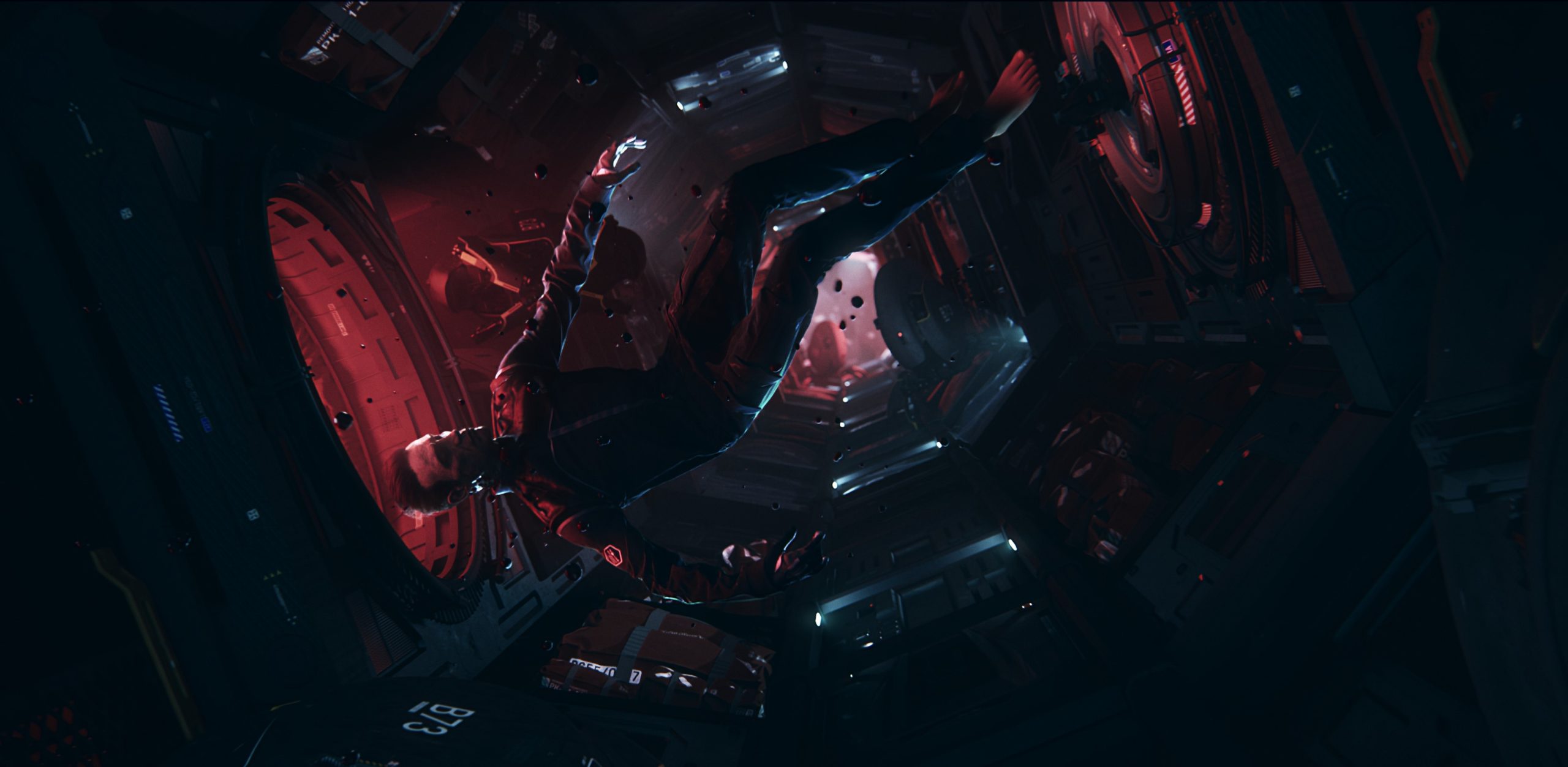
1) Hi Danil! Can you tell us a bit about your background and how you got started in 3D and Motion Design?
I was lucky enough to have access to computers from a very young age and became interested in Computer Graphics pretty early on. I’m from Ukraine, and this was back in the late 80s— during that time there wasn’t much in terms of media and entertainment available, so I had to find ways to occupy myself. I loved to draw, so I immediately got into graphics. Later, I got a degree in computer science and a second one in graphic design. After that, I worked as a graphic designer, then as an interactive designer, and then I switched to motion graphics and VFX. These last eight years, I’ve been working as an Art Director and VFX Artist for various clients here in New York.
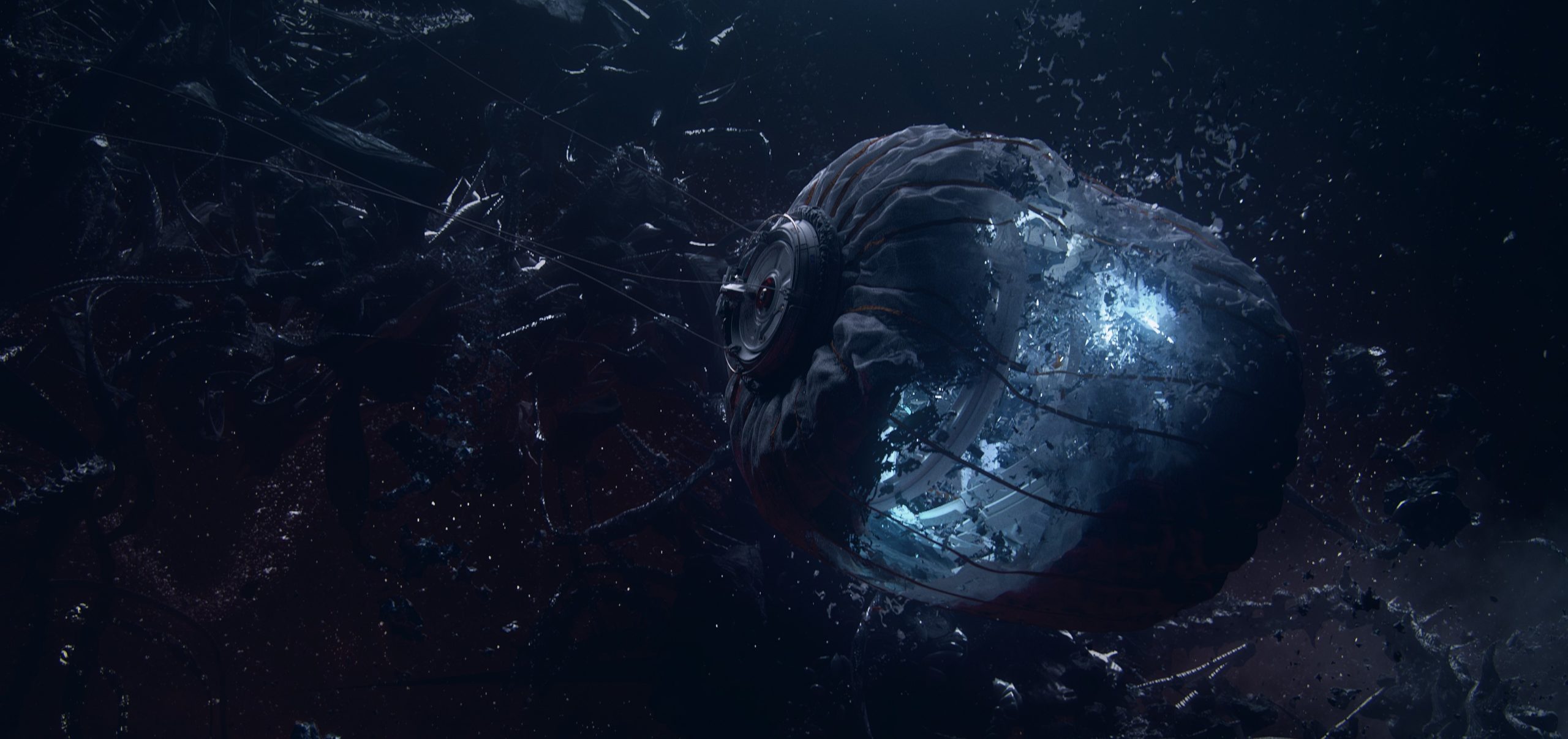
2) Having gotten your technical legs in XSI, was it natural for you to gravitate towards more technical software?
At first I stuck with 3DS Max, and then at some point I discovered XSI’s new ICE system and just fell in love with all the possibilities it possessed. Then after a few years of working in XSI, I switched to Houdini. The transition happened pretty organically, if not completely painlessly. Houdini featured the same node-based workflow that I’d been so taken with previously, but just made everything else node-based as well.
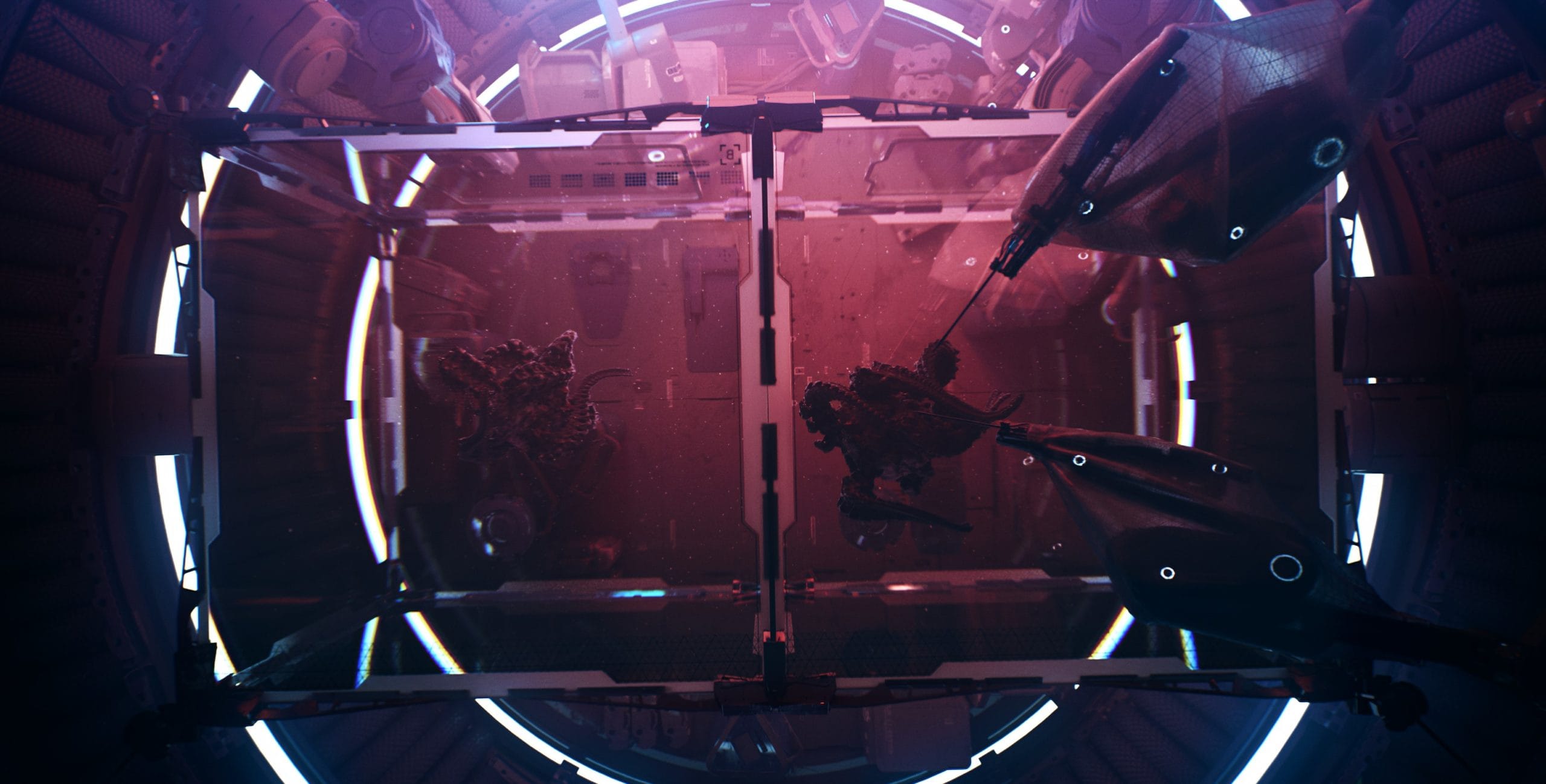
3) Your work is also stylistically driven. Most Houdini artists I know, tend to be more focused on the technical side of things. Did you make a point of having design as a part of your work?
From the earliest stages of my career, I’d always been drawn to both technical projects and artistic ones. When I was studying computer science, I was mostly supposed to be working on “serious” programming – databases, low-level interfaces, C, Assembler, all of that. But in my free time, I’d constantly be writing code for 3D graphics. Then when I was studying graphic design, it was the other way around – plenty of creative assignments, but not enough challenging technical work. That’s why I ended up moving into interactive design and, eventually, motion design. With Houdini, I finally found the perfect middle ground – on the creative side of things there’s no feeling of being limited by the software’s capabilities, and on the technical side, it’s easy enough to generate visually interesting stuff through code.
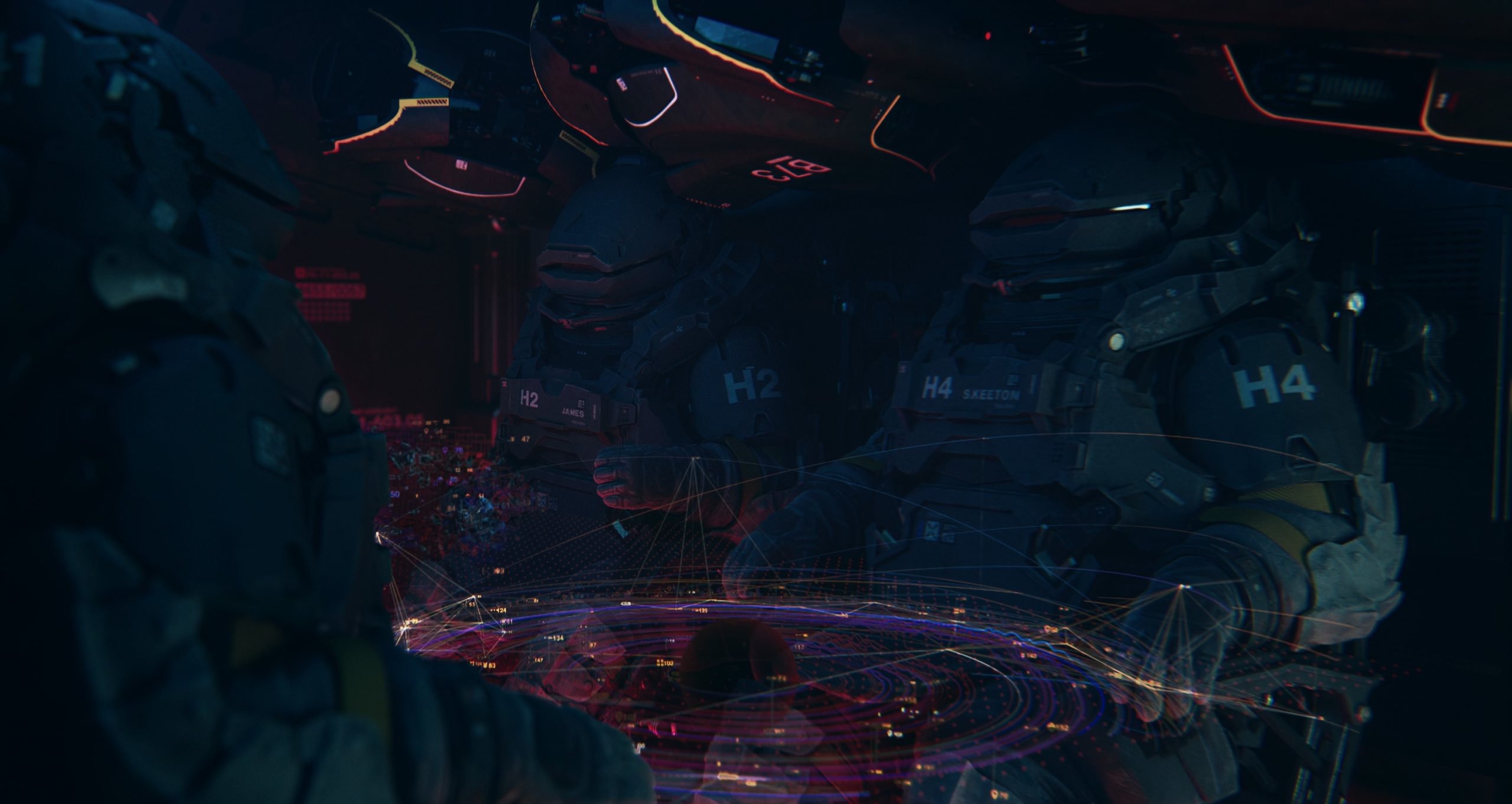
4) How did the idea to create Blindsight first start?
I first read Blindsight when the author, Peter Watts, uploaded the manuscript to his website. On this site, I found a link for donations— which I happily used, since I loved Watts’ book and wanted to express my gratitude. To my surprise, Watts not only thanked me for the donation but spent some time exploring my portfolio online and left some very flattering comments.
Obviously, I was ecstatic. I ended up reaching out to some of my friends who also worked in 3D and loved the novel, and suggested we make a few style frames for the gallery on Peter’s website. Gradually the project grew, transforming from just a couple of static images into an animation and then into an entire short film.

5) Sometimes I see heavy-handed effects and technical achievement that end up dictating the story, but in Blindsight everything looked like it was created to drive the story forward. How do you approach balancing creativity/storytelling with technical development?
I’m a huge fan of the novel, so I wanted to stick as closely to the original text as possible. That’s also why I consulted with Peter Watts so intensively. I wanted to make sure that what I’d imagined was true to what he described in the book. So I had a gripping story to work with from the get-go; the challenge was figuring out how to preserve it in the adaptation. The book set the bar for quality quite high. If I’d realized that we weren’t reaching the necessary level visually I would have scrapped the project. That’s actually why the short doesn’t have any dialogue. Our limited resources didn’t allow for facial animation of appropriate caliber, so we couldn’t include any shots of the characters talking to each other.
Also, this was a non-commercial project with no set release date. This was, of course, a drawback, but it also meant that I could spend as much time on every stage of production as I saw fit. There was no external timeline or budgetary constraint, so I could go deeper when solving technical problems and spend much more time on research than I typically would’ve been able to on a commercial project. For example, the site features a visualization of the Solar system from the timeframe of the book. We could’ve just made a pretty animation but— because I could take the time— I placed the planets on their physically correct orbits, found a database with the locations of tens of thousands of real asteroids, put all of this in a simulation and “wound it up” to the year in which the book’s events begin: 2084.
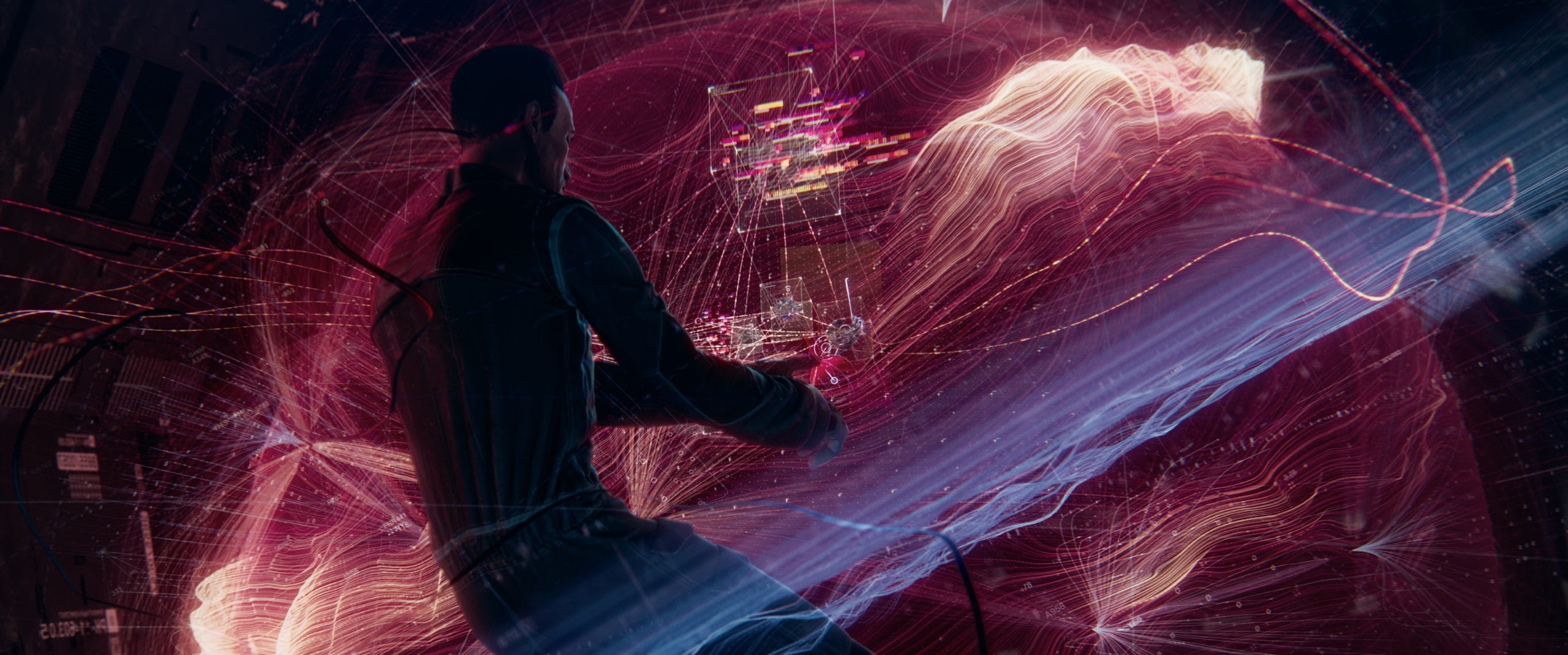
6) Can you discuss the production process?
The film took almost 4 years to complete. Since this was a passion project I had to work on it in the free time in-between doing paid work. When I had a full-time job, this meant working on the project outside of normal office hours, during evenings and weekends. My wife says I’m a workaholic and that this whole project was just an excuse for me to do even more work. Three years ago I switched to freelance, so I could use the breaks between commercial projects to work on Blindsight. But truth be told, I still ended up working nights and weekends. :)
Altogether, around 30 people worked on this project— around 40 if you count the voice-over actors. The credits mention every single person involved – some spent a few evenings working on specific issues, while others spent weeks building one asset or another.
Almost everything I did on the project, I did in Houdini. Many of the materials were made in Substance Painter, Redshift was used for the render, Nuke for compositing, and Resolve for color grading and editing. The rest of the team used whichever software suited them best – 3 shots were created in Cinema 4D, organic modeling was done using zBrush, and hard surfaces were modeled in Maya and 3DS Max.
As I’ve mentioned, the project had a budget of zero, so almost everything was rendered at home. GPU-renderers have made it possible to create projects like this one without using render farms, although that does mean that this was, of course, quite time-consuming. Twenty out of the twenty-four shots were rendered on my home workstation, and the remaining four were made by other teammates in their homes.

7) Seeing how much of an immense lift this project was, what kept you motivated to see it through to the end?
It got to the point where I’d invested so much time and effort already, that I just couldn’t not finish it. My family’s support helped a lot. I also posted parts of it online, and got really good feedback which kept me going. All the encouraging messages helped me stay enthusiastic.
The hardest part came when we were halfway through. In the beginning, throughout the first 20 percent or so, everything went quite smoothly. It was all very exciting and we were getting results in relatively short amounts of time. At the time, I felt certain that we were going to be done by 2017 or 2018 at the latest. I was so naive! After the easy start, progress stalled. No matter how much we worked, it seemed like we were not getting any closer to finishing. The volume of work required was significant and I wasn’t up to doing the entirety of it by myself. So I would constantly try to recruit people, get them curious about the project, spark their interest. Some people came on board but then got too overwhelmed with their day jobs. Others were interested but never ended up getting started. Certain elements of the work took up to two years to complete, which was (obviously) pretty exhausting. But eventually, we could see the light at the end of the tunnel, which gave us the final push we needed; the last 20 percent of the project felt much easier.
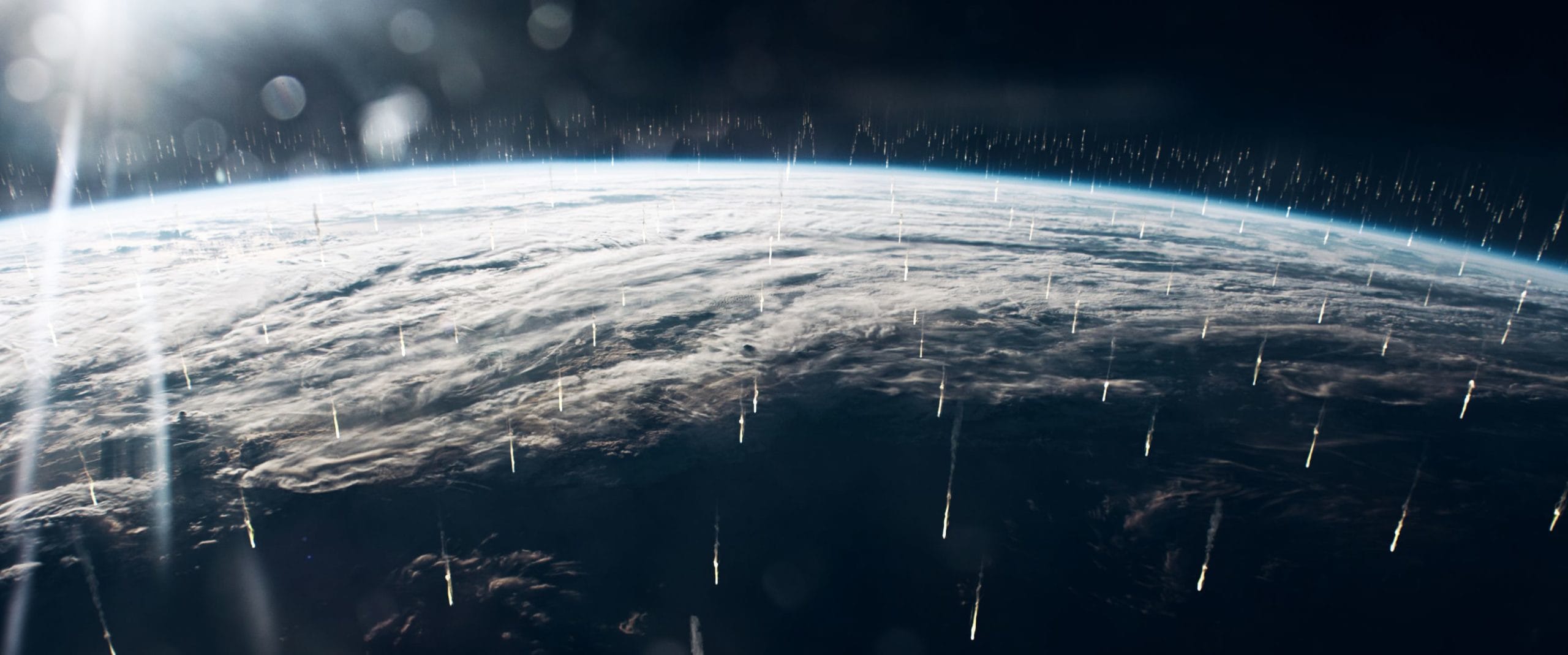
8) What were some of the bigger challenges you encountered in creating this film?
Finding artists who were willing to participate wasn’t easy, especially when the project was still in its early stages. I would say, “Hey we’re working on this cool thing, but we don’t know when it’ll be done and we don’t really know if the result will be anything. Are you down to spend a few weeks on this, for free?” You really have to believe in the idea behind a project in order to agree to this sort of thing. And even among those who agreed, many didn’t or couldn’t stick to it. After all, everyone’s busy with their own lives and jobs; it’s amazing to me that anyone agreed at all!
As with any passion project, I think that I tried to do as much as I could by myself but—with this kind of scope— it’s just impossible to do all of it alone. Little by little I was able to find the right people for each element that I could not complete myself. For example, I’m weakest in modeling, that’s why the credits feature so many modelers.
Getting around the absence of necessary specialists did take some ingenuity. If this were a commercial project, things would have been very different, but I believe that we did the best job we could have considering our very limited resources.
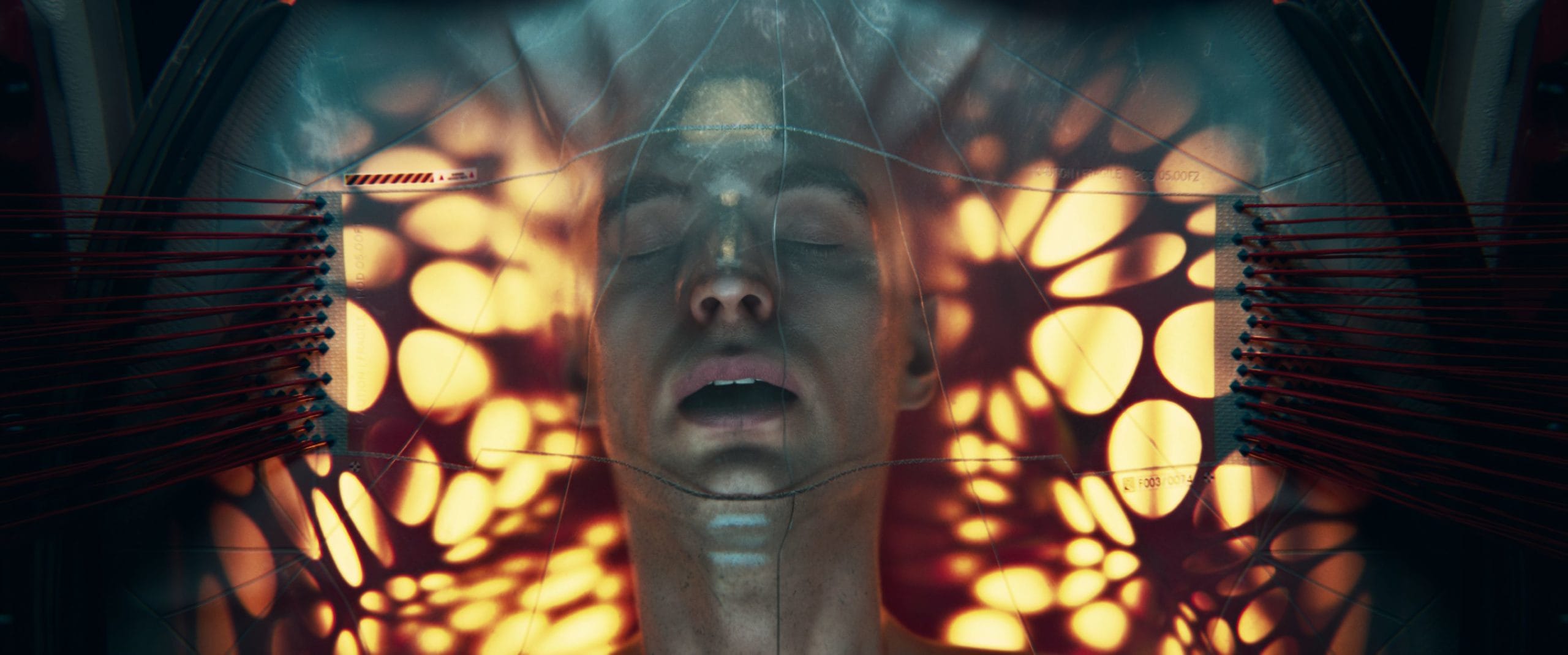
9) How important do you think it is to have a strong footing in design as a Motion Designer?
You can’t be a Motion Designer without also being a Designer! But, more broadly, I think the more skills you have in related fields (and even in unrelated ones, in some cases), the higher your chances of creating something unique. As you expand your tool set, you may find a market for projects that demand exactly your combination of hard and soft skills, making you the only person for the job.

10) What advice would you give to young artists entering the Motion Design space?
- Take care of yourself. Getting enough sleep, eating well and staying physically active are just as important for your life and career as the development of your professional skills.
- Try to ask yourself “why?” more often, instead of “what?” or “how?”
Answering the question “Why does this work?” will give you a deeper insight than “How did they do this effect?” That way you’ll be able to create something all your own, rather than a portfolio based off of others’ tutorials. - As early as possible, figure out how much you’re worth so that your ignorance isn’t exploited by unscrupulous clients or studios. Many beginner artists don’t have a good understanding of the price point for an hour or a day of their work, but this is essential. We’re all in this profession because we love what we do, but that doesn’t mean we should be doing it for free.
It was a pleasure to have Danil talk us through his process and hear about how he overcame the many challenges that arose along the way. His dedication to his craft, I’m sure, will be an inspiration to many.
We can’t wait to see what he does next.
The Project Website (with tons of behind-the-scenes materials)
The Novel (please donate if you can!)
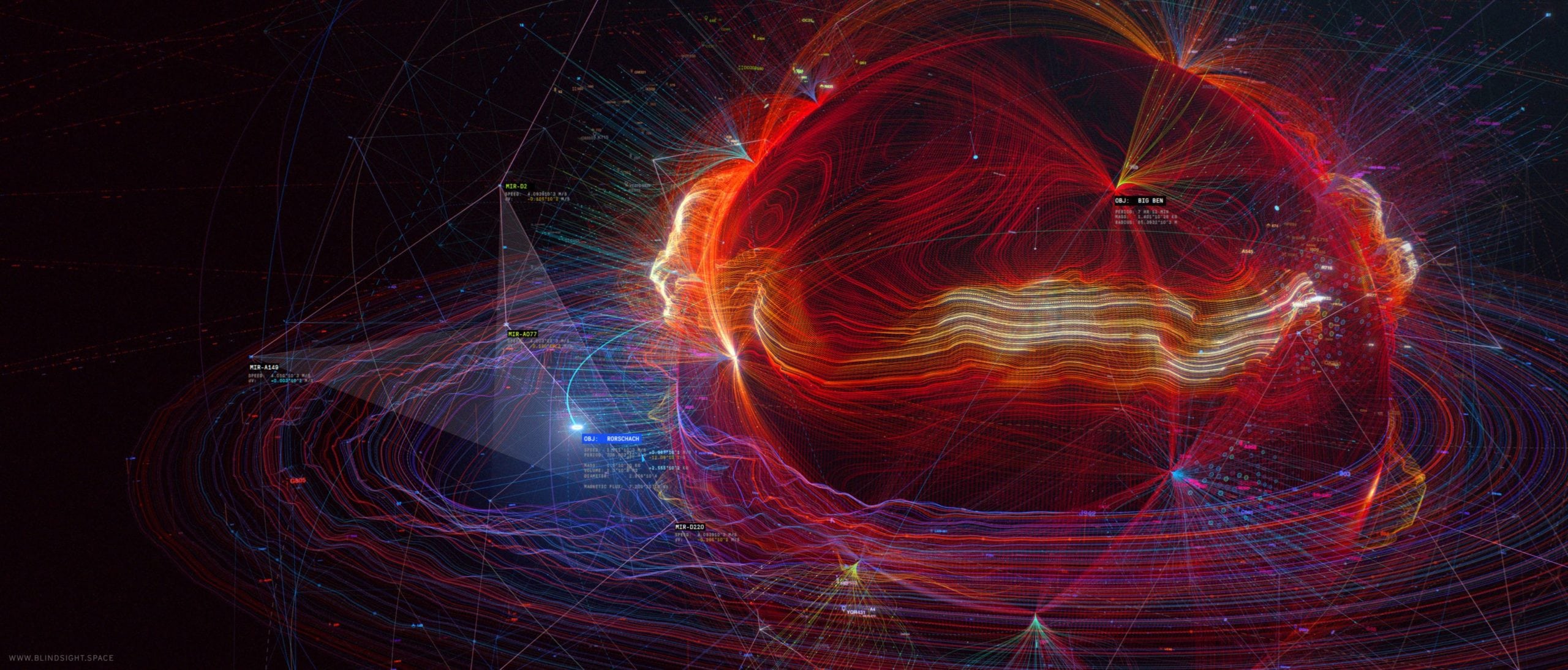
CREDITS
Directed by:
Danil Krivoruchko
Edited by:
Viktoriya Yakubova
Score / Sound Design:
Echoic Audio
Voiceover Talent:
Siri Keeton – Daniel Shapiro
The Captain – Norelia Rey
Susan James / Sascha – Natasia Marquez
Amanda Bates – Victoria Hogan
Jukka Sarasti – Ron Marasa
Rorschach – Emma Maidenberg
Jim More – Troy Hudson
News Anchors – Bernie Baggarly, Alessa Ray, V Lexx
Art:
Artem Otvodenkov, Dennis Khramov, Evgeny Kashin,
Ivan Khomenko, Jama Jurabaev, Tory Sica
Modeling:
Alex Malets, Andrei Korovkin, Dimos Hadjisavvas,
Ivan Makarkoff, Kirill Stupin, Serge Aleynikov,
Slava Kislyakov, Valentine Sorokin
3D:
Alexey Cheprakov, Danil Krivoruchko, Dmitry Kulikov,
Max Chelyadnikov, Maxim Goudin, Maxim Gureev,
Sasha Vinogradova
Web Concept & Design:
Anton Repponen
Copy Editor:
Anya Formozova
Web Development:
Astroshock






